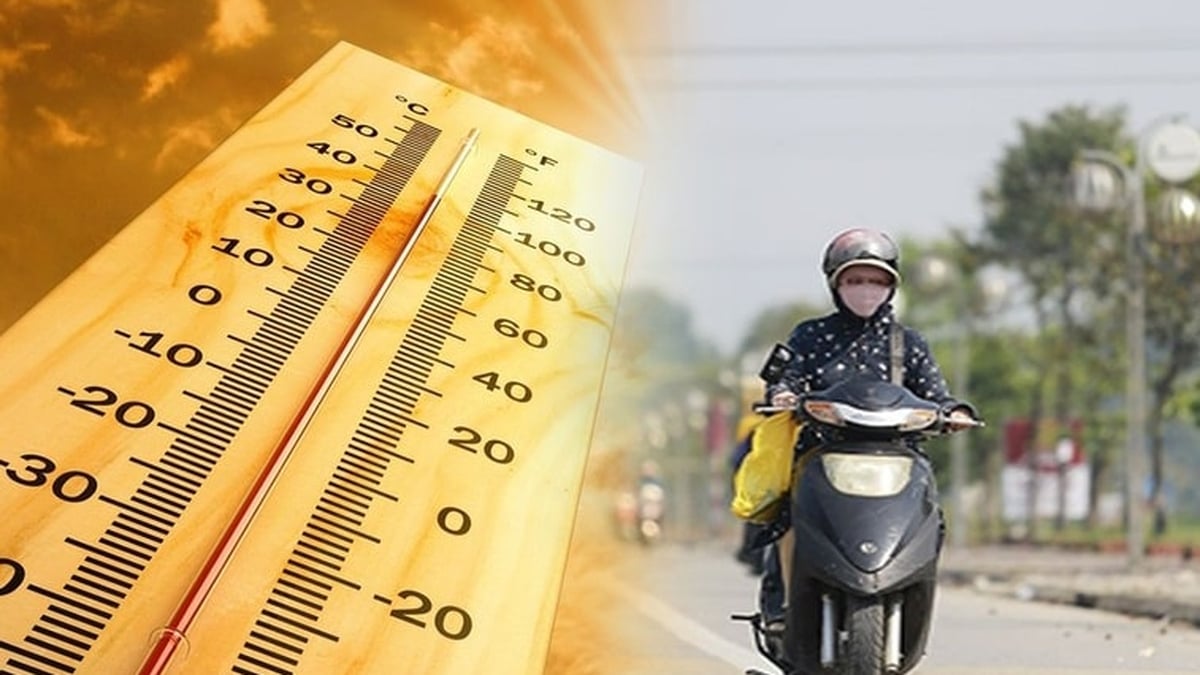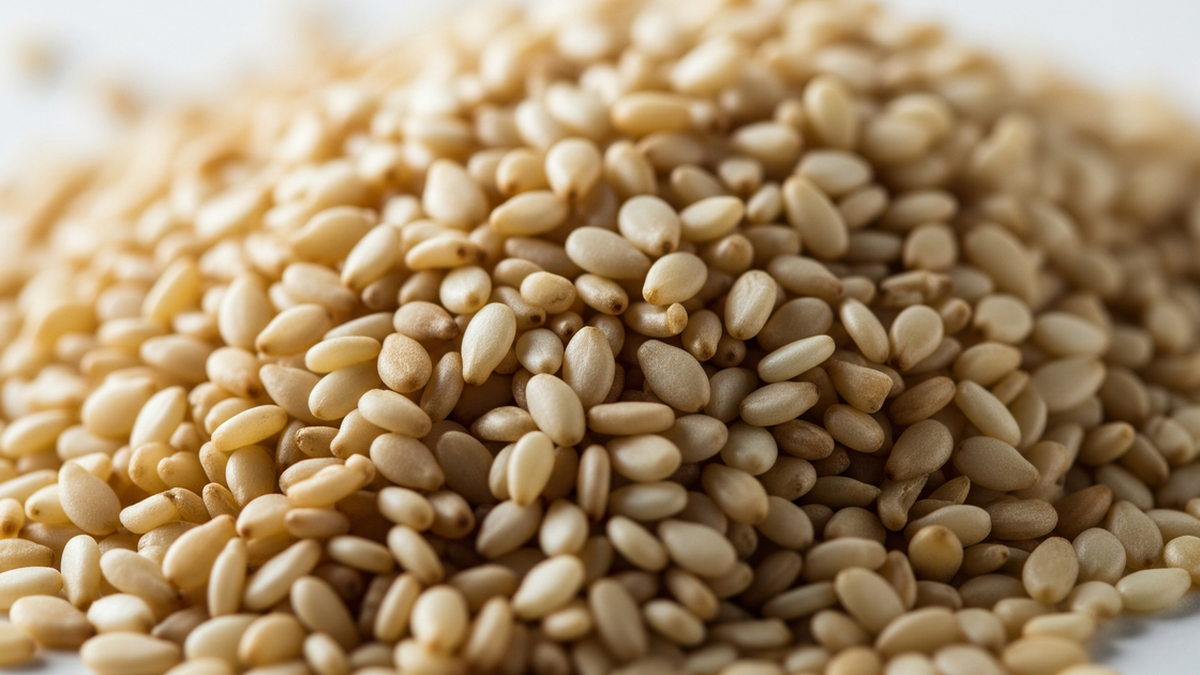As the American public prepares to vote in the 60th presidential election on November 5, the fierce competition between Democratic candidate Kamala Harris and Republican candidate Donald Trump will put a handful of states in the "land of the stars and stripes" in the spotlight.
These states play a huge role in deciding the outcome of the race and often feature prominently in any coverage of the US Presidential election. They are swing states, also known as battleground states.
As they are called, “swing states” have the potential to influence the outcome of a national election. In a handful of fiercely contested “battlefields,” the dreams of many ambitious national figures have been dashed and shattered.
This year is no different. Vice President Kamala Harris and former President Donald Trump are locked in a battle in several must-win states.
Swing state
A "swing state" is a term used to describe a state where there is close competition in US presidential races. These states are known for their unpredictable voting patterns.
In American politics , presidential elections are decided by a unique voting system called the Electoral College, not the popular vote. For that reason, “swing” states can play an outsized role in deciding the outcome of the race for the White House.
Each of the 50 states is allocated a certain number of Electoral College votes, based on its population. A US presidential candidate must win at least 270 Electoral College votes, or more than 50% of the 538 Electoral College votes, to be elected.
For example, in the 2016 US Presidential election, Mr. Trump won despite receiving fewer votes than his opponent Hillary Clinton, by winning 304 Electoral College votes in key states.

Mr. Trump after speaking in Asheville, North Carolina, a swing state in the 2024 US presidential election, on August 14, 2024. Photo: NY Times
While most states have a consistent partisan bias—California has long been Democratic and Texas is a Republican stronghold—a handful of “swing” states are where victory or defeat is decided. As a result, presidential candidates tend to invest a lot of resources in appealing to voters in “swing” states.
With updated Electoral College votes from the 2020 census, these key states will once again be at the center of the 2024 presidential election, holding a total of 93 Electoral College votes.
Tight race
One of the defining characteristics of a “swing” state is its vague political leanings. But states that have been “swings” can also start to “turn blue” (to support the Democratic candidate) or “turn red” (to vote for the Republican candidate).
For this reason, “swing” states can change over time. For example, Florida was considered a “swing” state from the 1990s to 2020, but is now considered a “deep red” state as the number of registered Republican voters increases.
In the 2024 US presidential election, the closely watched states are Arizona, Georgia, Michigan, Pennsylvania, Wisconsin, Nevada and Minnesota. North Carolina is the newest state to join this group of "swing" states.

Ms. Harris at a campaign rally in Glendale, Arizona, a swing state in the 2024 US presidential election, on August 9, 2024. Photo: NY Times
Polls can shed some light on the situation in the "swing" states and clearly show Mr Trump and Ms Harris in an extremely tight race.
In Arizona, for example, polling averages show the two candidates tied or with Trump holding a slim advantage of 1 point or less.
Meanwhile, in Pennsylvania, the race is also tight, with polling averages showing a "tight" race or Ms. Harris leading by less than 1%.
Minnesota is likely to be the only “swing” state where Ms. Harris maintains a lead, leading Mr. Trump by an average of 5-8 points.
While voter sentiment could still change in the coming weeks, based on polling averages, this is sure to be a tight race when voters head to the polls in November.
Meanwhile, both Ms. Harris and Mr. Trump have campaigned heavily in "swing" states such as Pennsylvania, Michigan and Georgia, hoping to tilt these states in their favor.
In the latest development, right after the fierce debate that took place earlier this week, both US presidential candidates quickly returned to the battle for "swing" states: Mr. Trump went to Arizona, while Ms. Harris went to North Carolina and Pennsylvania.
In Pennsylvania, Ms. Harris campaigned in some of the state’s more Republican-leaning areas, such as Luzerne County, which Mr. Trump won convincingly in 2020.
The way Harris' campaign thinks about it, she's supposed to be closing the gap in the redder counties in this swing state. And that's how they see her path to victory in a place like Pennsylvania.
Minh Duc (According to Al Jazeera, TRT World, NPR)
Source: https://www.nguoiduatin.vn/cac-tieu-bang-dao-dong-quyet-dinh-ai-thang-cu-tong-thong-my-2024-204240914150730822.htm




















































![[Maritime News] More than 80% of global container shipping capacity is in the hands of MSC and major shipping alliances](https://vphoto.vietnam.vn/thumb/402x226/vietnam/resource/IMAGE/2025/7/16/6b4d586c984b4cbf8c5680352b9eaeb0)













































Comment (0)